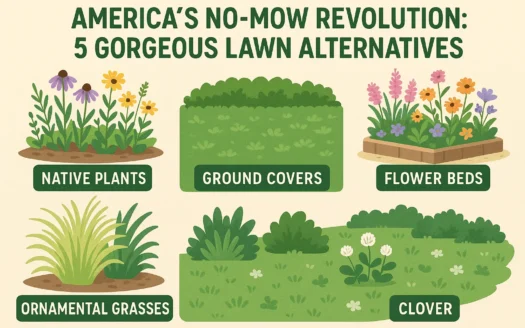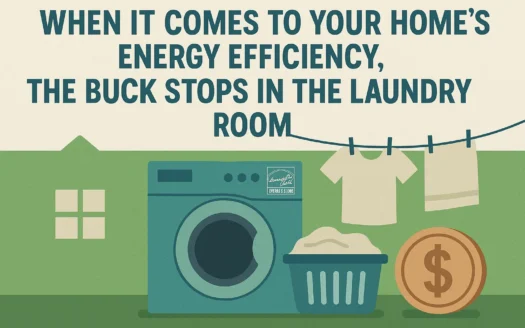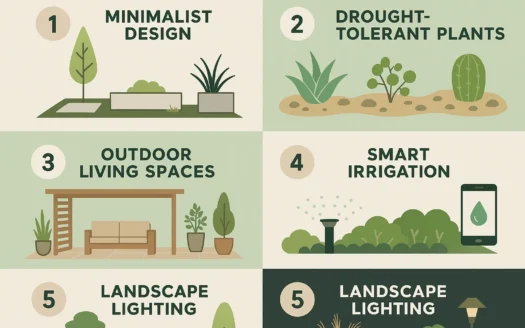Conserving Water for a Sustainable Future

Photo Credit: Maarten Van Den Heuvel from Unsplash Conserving Water is a Proactive Step Toward Sustainability
Conserving water helps reduce future droughts, rising water costs, reduced food supplies, health hazards, political conflict, and the energy required to process and deliver water. Water is vital for businesses, recreation, and beautifying our surroundings, making its protection essential for long-term quality of life. Below, we explore how your yard and garden can thrive while using less water.
How Your Yard and Garden Can Thrive on Less Water
Regular watering is crucial for yard maintenance, but creating a water-efficient landscape is achievable with thoughtful planning. Here are four key features of a garden designed to conserve water:
1. Irrigation Design
Designing irrigation with water conservation in mind—ideally alongside landscape planning—ensures efficiency from the start. Partnering with a certified irrigation specialist (e.g., through WaterSense or QWEL) ensures access to advanced technologies and methods tailored to your needs. Rainwater harvesting, a cornerstone of sustainable design, can significantly reduce reliance on municipal water systems. Professionals save time, frustration, and long-term costs compared to DIY approaches.
2. Landscape Design
A water-conscious landscape designer balances aesthetics with sustainability. Lawns, particularly non-native turf grasses, are major water consumers. Sustainable designs prioritize regenerative practices and locally adapted techniques. As one expert notes, “Many sustainable methods are rooted in generations-old common sense principles.” A skilled designer minimizes lawn space while maintaining beauty and ecological responsibility.
3. Plant Choice
Native plants thrive in local soil, weather, and water conditions, requiring minimal maintenance once established. They also support biodiversity by attracting pollinators like bees and butterflies. Avoid invasive species that disrupt ecosystems. For best results, consult a landscaper specializing in native plants or conduct thorough research before purchasing.
4. Know Your Variables
Key factors influencing water use include:
- Timing: Water early morning to reduce evaporation and prevent root rot.
- Quantity: Most lawns need 1 inch of water weekly. Test sprinkler output using tin cans to measure collection time.
- Seasonal Adjustments: Adjust watering based on weather and local regulations, which may restrict usage during droughts.
Take Action Today
Conserving water doesn’t require sacrifice—only smart planning. Professionals can design, install, and educate you on maintaining a water-efficient yard. Start by contacting an irrigation specialist or native plant landscaper in your area.



